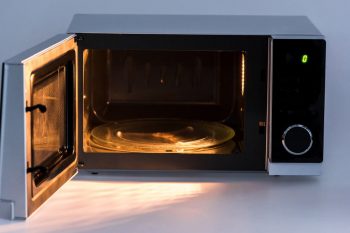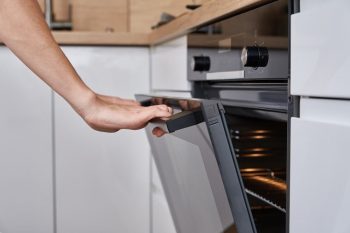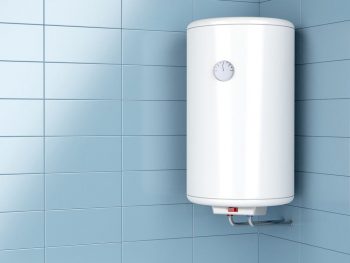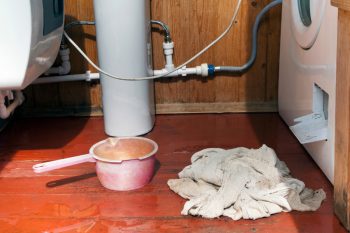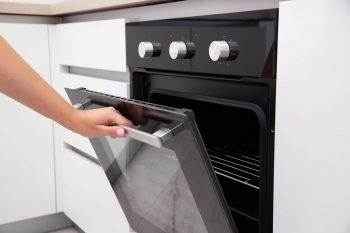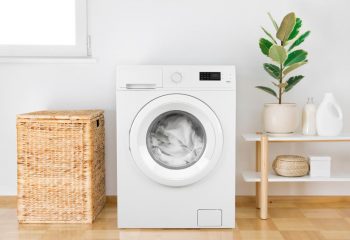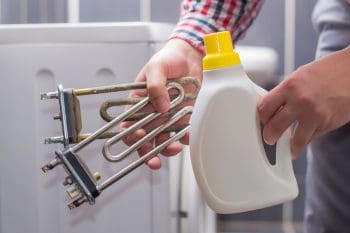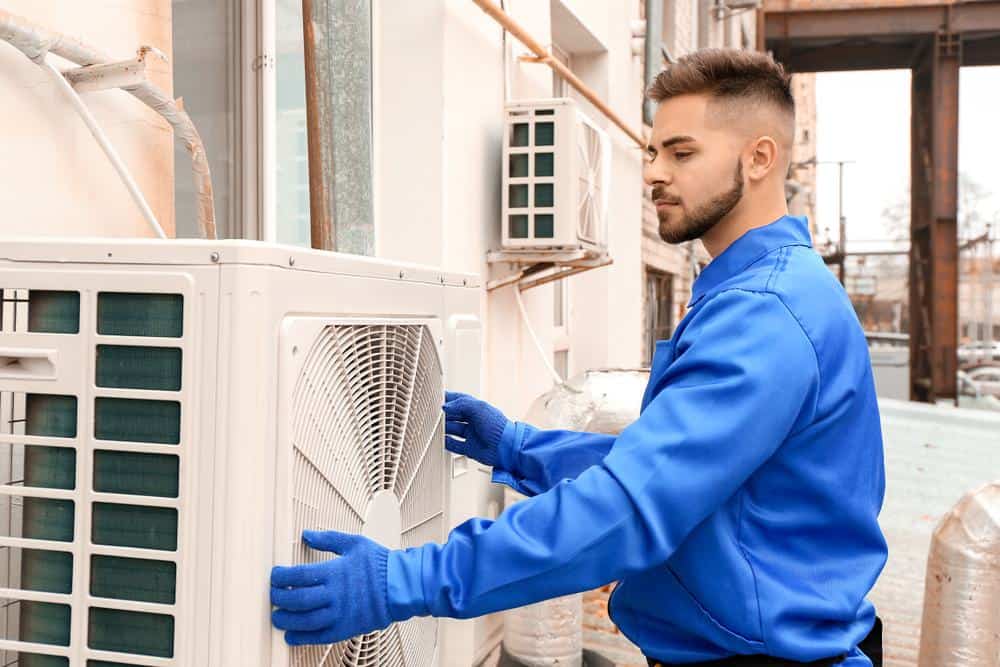
Charging a 410a AC system is an essential task for ensuring the optimal performance of your air conditioning unit. However, it’s a task that requires detailed understanding, careful handling, and specific tools. In this in-depth article, we will guide you through the process, safety precautions, common mistakes to avoid, and more.
Charging a 410a AC system involves turning on the air conditioner, connecting the gauges, measuring the system’s pressures and temperatures, calculating the target subcooling and superheat, adding refrigerant, monitoring the subcooling and superheat, disconnecting the gauges, and checking the system’s performance. You’ll need tools like a cylinder of R-410A refrigerant, a manifold gauge set, hoses, thermometers, charts, and possibly a refrigerant recovery machine. Always follow safety precautions and manufacturer’s instructions. It’s recommended to hire a professional due to the complexity and potential risks involved.
What is a 410a AC System?
A 410a AC system is an air conditioning system that uses R-410A refrigerant, a blend of hydrofluorocarbon (HFC) compounds R-32 and R-125. This refrigerant is not only environmentally friendly, but it also provides improved efficiency and performance compared to older refrigerants like R-22.
Why and When to Charge a 410a AC System?
Charging a 410a AC system is necessary when the system’s pressures and temperatures indicate that it is not fully charged, or when the subcooling and superheat values are not within the manufacturer’s specified range. This is typically done when the AC system is low on refrigerant, resulting in reduced cooling efficiency and poor performance.
Steps to Properly Charge a 410a AC System
Here are the steps to properly charge a 410a AC system:
- Turn on the air conditioner
- Connect the gauges
- Measure the system’s pressures and temperatures
- Calculate the target subcooling and superheat
- Add refrigerant
- Monitor the subcooling and superheat
- Disconnect the gauges
- Check the system’s performance
Remember to refer to the manufacturer’s guidelines and charging instructions for your specific AC system, as some units may have specific requirements.
Necessary Tools and Equipment
To charge a 410a AC system, you will need the following tools and equipment:
- Cylinder of R-410A refrigerant
- Manifold gauge set
- Hoses
- Outdoor thermometer
- Liquid line temperature thermometer
- Pressure temperature chart
- Pressure conversion chart
- Refrigerant recovery machine (if purging the system)
You can obtain these tools from various sources, such as Amazon, Serv-I-Quip, Tech-Labs, Yellow Jacket, Johnstone Supply, and eBay.
Safety Precautions
Safety is paramount when charging a 410a AC system. Here are some safety precautions to consider:
- Use appropriate equipment
- Ensure proper ventilation
- Avoid sparks, flames, and hot surfaces
- Ensure pressure relief
- Clean sight glasses
- Vapor-charge from the low side
- Use the correct refrigerant
- Follow manufacturer’s instructions
- Wear protective gear
- Follow safety codes
Common Mistakes to Avoid
When charging a 410a AC system, several common mistakes to avoid include improper charging, overcharging, charging from the wrong side, not replacing components correctly, contamination, and inadequate technician training. Avoid these pitfalls by working with a certified and experienced HVAC technician.
Checking if the 410a AC System is Properly Charged
Use the subcooling method to determine if your 410a AC system is properly charged. If the subcooling value is close to 10 degrees, the system is properly charged. If the value is significantly higher or lower than 10 degrees, the system is overcharged or undercharged, respectively.
Should You Hire a Professional?
While it is technically possible for a non-professional to handle charging a 410a AC system, it is strongly recommended to hire a professional. The Environmental Protection Agency (EPA) requires that anyone who purchases or handles air conditioning refrigerants, such as R-410A, must have a license. Hiring a professional HVAC technician ensures that the job is done safely and correctly.
Signs of an Undercharged 410a AC System
Signs of an undercharged 410a AC system include frosting of the coil or refrigerant lines, a total loss of cooling in the building, increased humidity, and longer cooling cycles. If you notice these signs, have your AC system checked by a professional.
In conclusion, while charging a 410a AC system can be a complex task, understanding the process, having the right tools, and following safety precautions can make it manageable. However, due to the potential risks and complexities, it’s usually best to hire a professional to handle this task.
Frequently Asked Questions
What is the difference between R-22 and R-410A refrigerants?
R-22 is a hydrochlorofluorocarbon (HCFC) refrigerant that was commonly used in air conditioning systems. However, it contributes to ozone layer depletion and is being phased out. R-410A, on the other hand, is a blend of hydrofluorocarbon (HFC) compounds and does not contribute to ozone layer depletion. It also offers improved efficiency and performance compared to R-22.
What is the role of a manifold gauge set in charging a 410a AC System?
A manifold gauge set is a crucial tool used to measure the pressure of the refrigerant in the air conditioning system. It helps to determine whether the system is undercharged or overcharged. It also allows for the safe addition or removal of refrigerant.
What is the meaning of subcooling and superheat in AC systems?
Subcooling refers to the process where the refrigerant is cooled below its saturation temperature before it goes into the evaporator. Superheat, on the other hand, refers to the process where the refrigerant is heated above its saturation temperature in the evaporator. Both these values are crucial in determining the proper functioning and efficiency of the AC system.
How often should I charge my 410a AC system?
The frequency of charging your 410a AC system depends on usage, system condition, and environmental factors. However, as a general rule, it’s a good idea to have your system inspected and serviced (which may include charging) at least once a year, typically before the cooling season begins.
What are the potential risks of overcharging a 410a AC System?
Overcharging your 410a AC system can lead to reduced cooling efficiency, increased energy consumption, damage to the compressor, and potential system failure. It can also cause the system to operate under higher than normal pressures, which can be dangerous.

